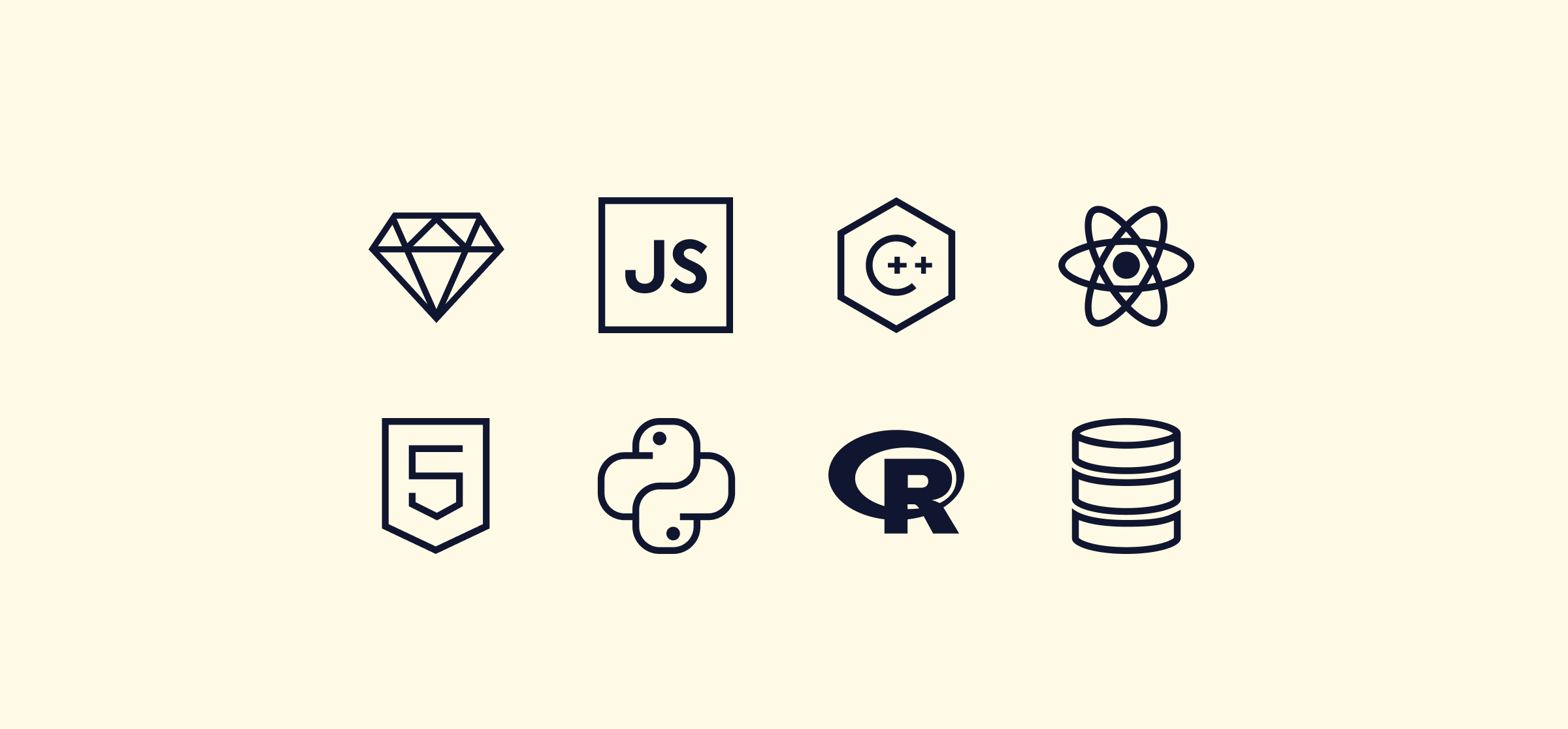Ethereum Layer 2 Eclipse Launches Mainnet Powered by Solana Tech
The post Ethereum Layer 2 Eclipse Launches Mainnet Powered by Solana Tech appeared on BitcoinEthereumNews.com. Eclipse touts itself as the first Layer 2 network on Ethereum to use the Solana Virtual Machine. Ethereum Layer 2 network Eclipse, which utilizes the Solana Virtual Machine (SVM), has launched its mainnet for developers. “In the weeks ahead, we invite builders to deploy on Eclipse Mainnet and participate in our hackathon, the Total Eclipse Challenge,” Eclipse Labs said in a blog post. Eclipse touts itself as the first Layer 2 network on Ethereum to leverage the SVM. Eclipse integrates multiple technologies — using the SVM for transaction execution, Celestia for data availability, and RISC Zero for zero-knowledge fraud proofs. This combination aims to deliver the benefits of Solana’s high transaction throughput along with Ethereum’s security. “We chose to build on Ethereum so that builders can build where users and assets are while being able to prioritize scale and UX with the most performant battle-tested execution environment in crypto, the Solana Virtual Machine,” the blog post reads. The Ethereum Virtual Machine (EVM) is a computing engine that runs smart contracts, enabling developers to create decentralized applications (dApps) on the Ethereum network. It processes transactions sequentially, one at a time. In contrast, the SVM supports dApps on Solana and utilizes parallel processing to handle multiple transactions simultaneously. Developers can begin by accessing Eclipse’s documentation, which includes RPC access and instructions for bridging ETH to Eclipse. Currently, there is no user interface for the bridge, and developers are cautioned to only send ETH to the bridge. As part of the launch, Eclipse is hosting the Total Eclipse Challenge hackathon from August 7 to August 21. Eclipse said it is working towards becoming the most efficient Layer 2 network on Ethereum. The current mainnet phase includes a centralized bridge and lacks certain security features, such as fraud proofs and withdrawals. Users must trust…

The post Ethereum Layer 2 Eclipse Launches Mainnet Powered by Solana Tech appeared on BitcoinEthereumNews.com.
Eclipse touts itself as the first Layer 2 network on Ethereum to use the Solana Virtual Machine. Ethereum Layer 2 network Eclipse, which utilizes the Solana Virtual Machine (SVM), has launched its mainnet for developers. “In the weeks ahead, we invite builders to deploy on Eclipse Mainnet and participate in our hackathon, the Total Eclipse Challenge,” Eclipse Labs said in a blog post. Eclipse touts itself as the first Layer 2 network on Ethereum to leverage the SVM. Eclipse integrates multiple technologies — using the SVM for transaction execution, Celestia for data availability, and RISC Zero for zero-knowledge fraud proofs. This combination aims to deliver the benefits of Solana’s high transaction throughput along with Ethereum’s security. “We chose to build on Ethereum so that builders can build where users and assets are while being able to prioritize scale and UX with the most performant battle-tested execution environment in crypto, the Solana Virtual Machine,” the blog post reads. The Ethereum Virtual Machine (EVM) is a computing engine that runs smart contracts, enabling developers to create decentralized applications (dApps) on the Ethereum network. It processes transactions sequentially, one at a time. In contrast, the SVM supports dApps on Solana and utilizes parallel processing to handle multiple transactions simultaneously. Developers can begin by accessing Eclipse’s documentation, which includes RPC access and instructions for bridging ETH to Eclipse. Currently, there is no user interface for the bridge, and developers are cautioned to only send ETH to the bridge. As part of the launch, Eclipse is hosting the Total Eclipse Challenge hackathon from August 7 to August 21. Eclipse said it is working towards becoming the most efficient Layer 2 network on Ethereum. The current mainnet phase includes a centralized bridge and lacks certain security features, such as fraud proofs and withdrawals. Users must trust…
What's Your Reaction?








































.png)











































